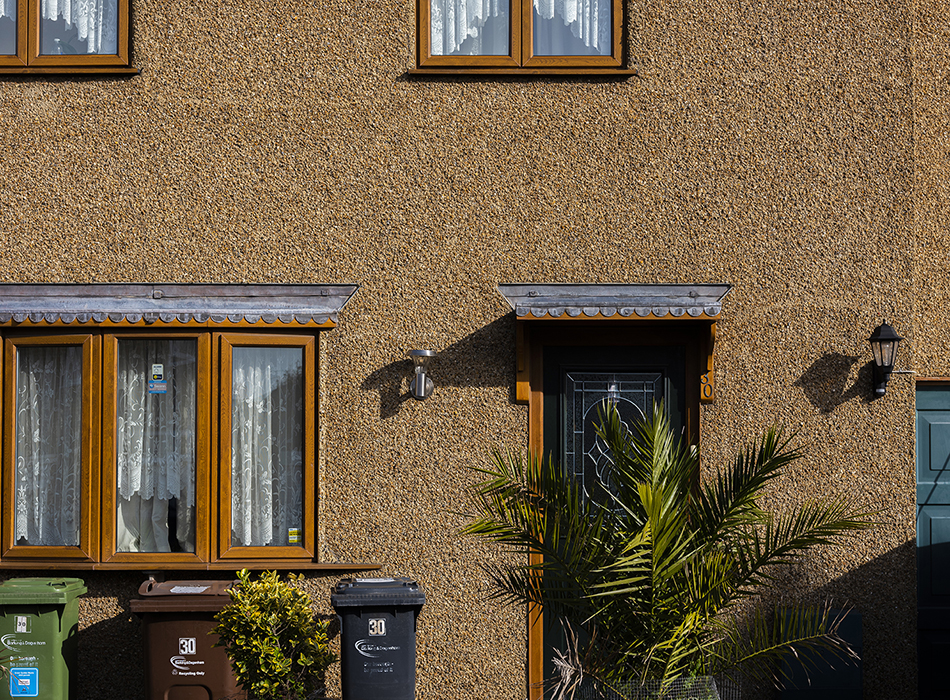Do you know your roughcast from your pargetting? The UK is home to many traditional styles of textured building finishes, several of which are so widespread that their merit or significance goes unnoticed, while there are also some that you may have never heard of.
We might all "love to hate" pebbledash, which as one of the most ubiquitous of these styles can be found seemingly everywhere across the British Isles. Due to this excessive use, it has perhaps unfairly developed a reputation based on its worst examples, overlooking the fact it was used regularly on some of the most significant examples of modernist architecture in the UK by architects like C.F. A. Voysey and Charles Rennie Mackintosh.
Far less well known than pebbledash is pargetting, a decorative style of exterior plastering that is almost entirely unique to the counties of Essex and Suffolk and requires specially trained craftsmen.
Through a night filled with images from RIBA’s world class photography collections, we will trace the history and significance of some of these quirky and misunderstood traditional building techniques from across the UK, inviting everyone to think differently about the buildings we see every day.
Chaired by Gillian Darley OBE, writer, biographer and broadcaster on architecture and landscape.
Speakers:
Hugh McEwen and Catrina Stewart, Office S&M
Matthew Wilson, Bricklayer and SPAB William Morris Craft Fellow 2019
Dr Timothy Brittain-Catlin, Author of The Edwardians and their Houses
Valeria Carullo, RIBA Curator, The Robert Elwall Photographs Collection
Verity-Jane Keefe, Visual Artist
This event is part of the Becontree centenary, a partnership between Create London and RIBA, supported using public funding from Arts Council England, Art Fund and Span Trust.







